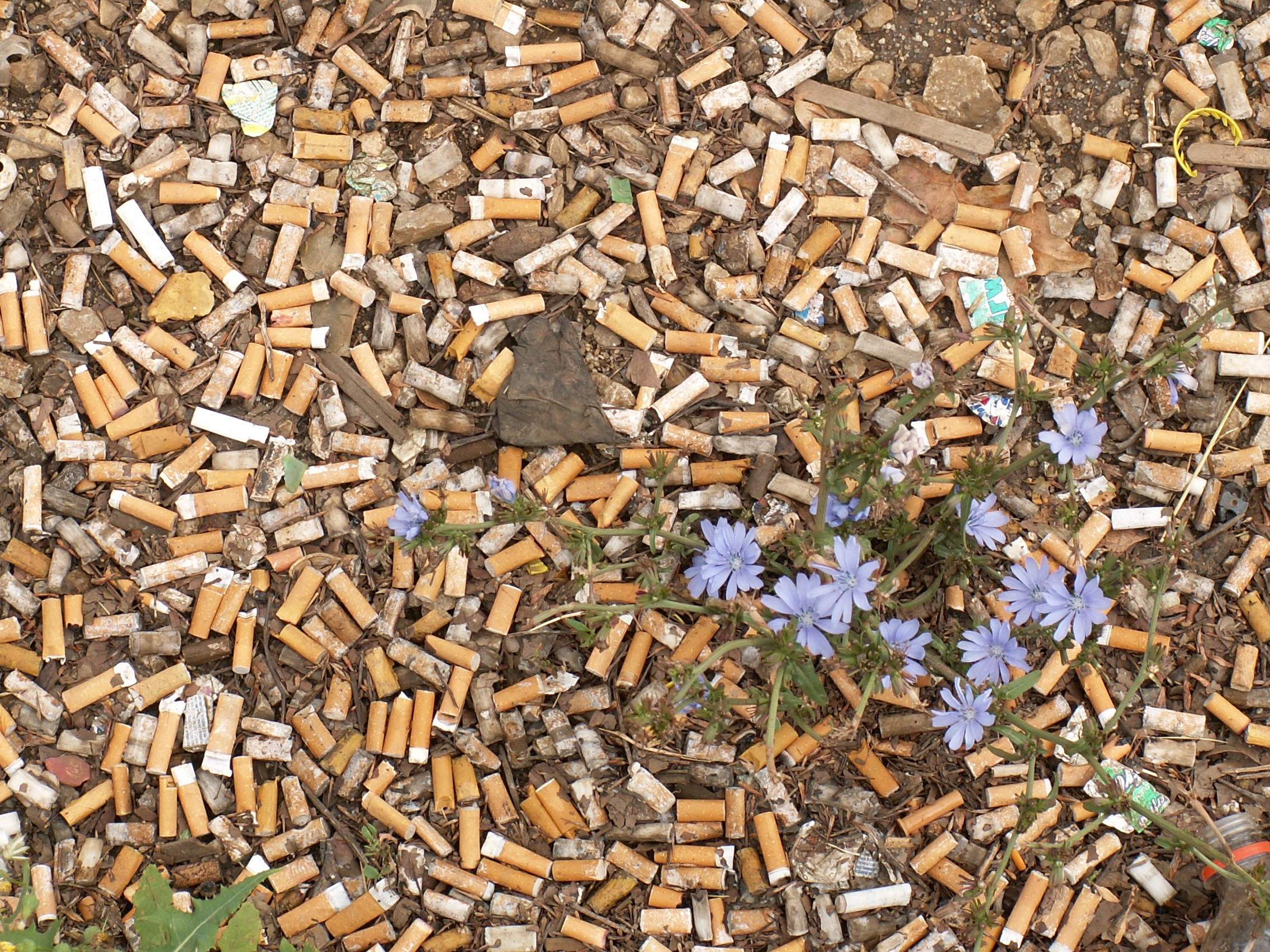Ohne massiven Druck der Zivilgesellschaft und Öffentlichkeit wäre es nie dazu gekommen. Aber heute in den frühen Morgenstunden war es dann soweit: Europäische Kommission, Rat und Parlament haben auf einen Kompromiss in Sachen Single Use Plastic Directive geeinigt. Nach dem heutigen Beschluss (siehe auch PM der DUH)
„sollen Einwegartikel wie Strohhalme, Besteck, Wattestäbchen und Einwegbecher und Lebensmittelbehälter aus expandiertem Polystyrol verboten werden. Außerdem wurden Sammelziele und Mindesteinsatzquoten für Recyclingmaterial in Einweg-Plastikflaschen festgelegt. Die Tabakindustrie wird verpflichtet, sich zukünftig an den Kosten zur Entsorgung von Zigarettenstummeln zu beteiligen. Die Richtlinie tritt voraussichtlich im Frühjahr 2021 in Kraft.“
Das Europäische Parlament hatte am 24. Oktober für eine sehr weitgehende Liste an Verboten, Reduktionszielen und Maßnahmen gestimmt (siehe dazu meinen Bericht). Hier gelang der Plastik-Lobby zwar in den letzten Wochen in einigen Punkten die Einflussmaßnahme über verschiedene Mitgliedstaaten (darunter auch Deutschland). Aber das Endergebnis ist immer noch mehr als zufriedenstellend.
Die Rethink Plastic Alliance listet das Erreichte wie folgt auf:
The final measures adopted include:
- Bans on several single-use plastic items including plates, cutlery and expanded polystyrene food containers and beverage cups
- Ensuring manufacturers pay for waste management and clean-up of several single-use plastic items, including cigarette butts and fishing gear
However, the agreement falls short of what is needed to fully tackle the plastics crisis in key areas including
- No binding EU-wide target to reduce the consumption of food containers and cups, and no obligation for EU countries to adopt targets
- A delay of four years on ensuring 90% of plastic bottles are collected separately – from 2025 to 2029
These measures apply to all single-use plastics listed in the Directive’s Annexes including bio-based and biodegradable plastics.
Und noch einmal genauer – was ist gut und was ist schlecht daran?
What’s good:
A EU-wide ban of single-use plastic cotton buds, straws, plates, cutlery, beverage stirrers, balloon sticks, oxo-degradable plastics, and expanded polystyrene food containers and beverage cups
Extended Producer Responsibility schemes meaning manufacturers (including big tobacco companies and top polluters from the packaging industry like Coca Cola, Pepsico and Nestle) pay for the costs of waste management, clean up and awareness-raising measures for certain single-use plastics including plastic cigarette filters – the most littered item in Europe (by January 2023 for most items)
A possibility for EU countries to adopt market restrictions for food containers and cups for beverages
An obligation for EU countries to reduce post-consumption waste from tobacco product filters containing plastic
For fishing gear, an Extended Producer Responsibility scheme and a requirement for Member States to monitor collection rates and set national collection targets
Ensure all beverage bottles are produced from 30% recycled content by 2030
Labelling on the presence of plastics in a product and resulting environmental impacts of littering, and on the appropriate waste disposal options for that product
What’s not so good:
No binding EU-wide target to reduce the consumption of food containers and cups, and no obligation for EU countries to adopt targets either; instead, countries must “significantly reduce” their consumption, leaving it vague and open
A delay of 4 years in achieving the 90% collection target of beverage containers, from 2025 to 2029, with an intermediary target of 77% by 2025
Allowing for EU countries to choose to achieve consumption reduction and certain EPR measures through voluntary agreements between industry and authorities
A 3 year delay to make sure plastic drinks containers have their caps/lids attached to the containers – from 2021 to 2024
